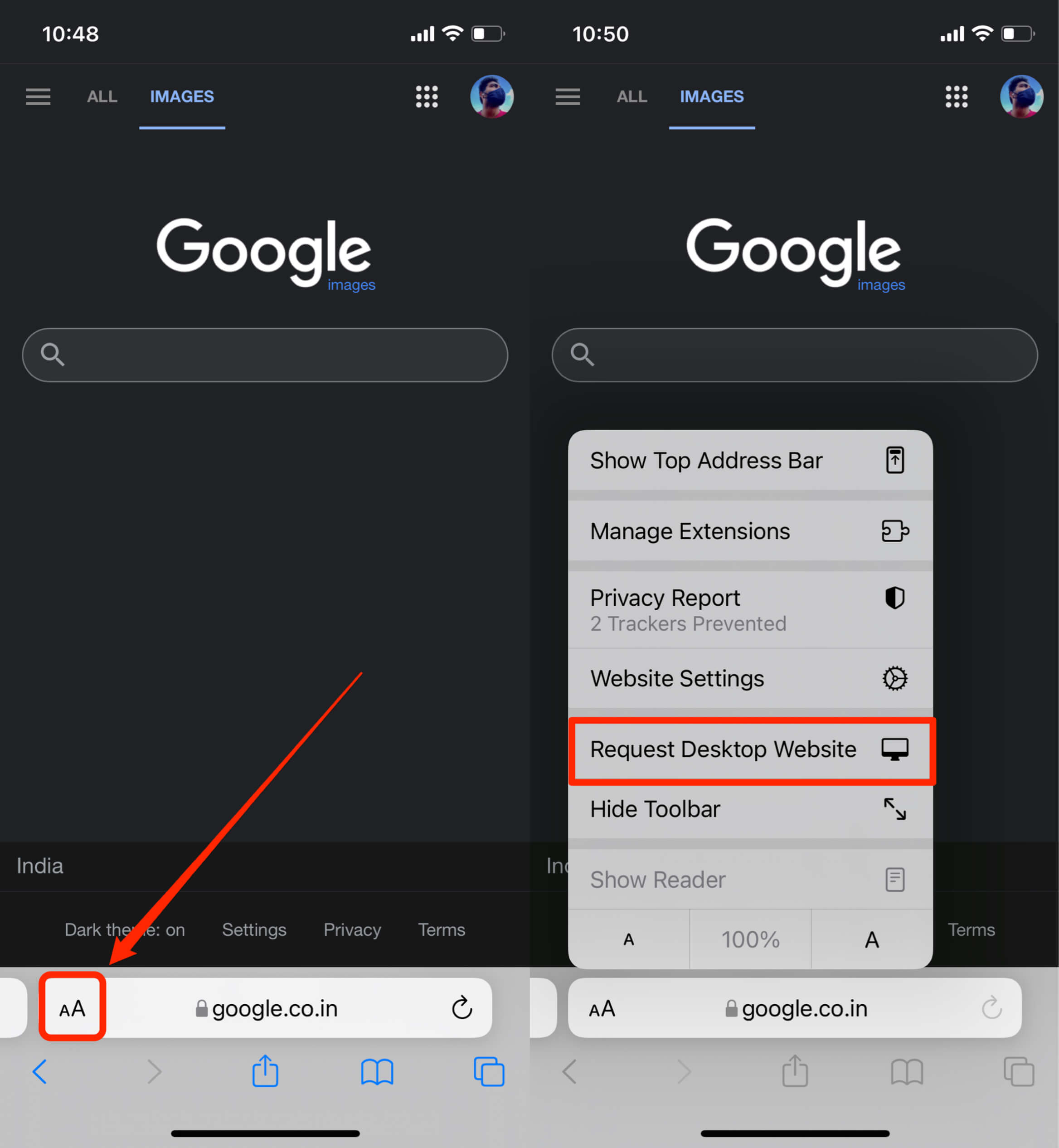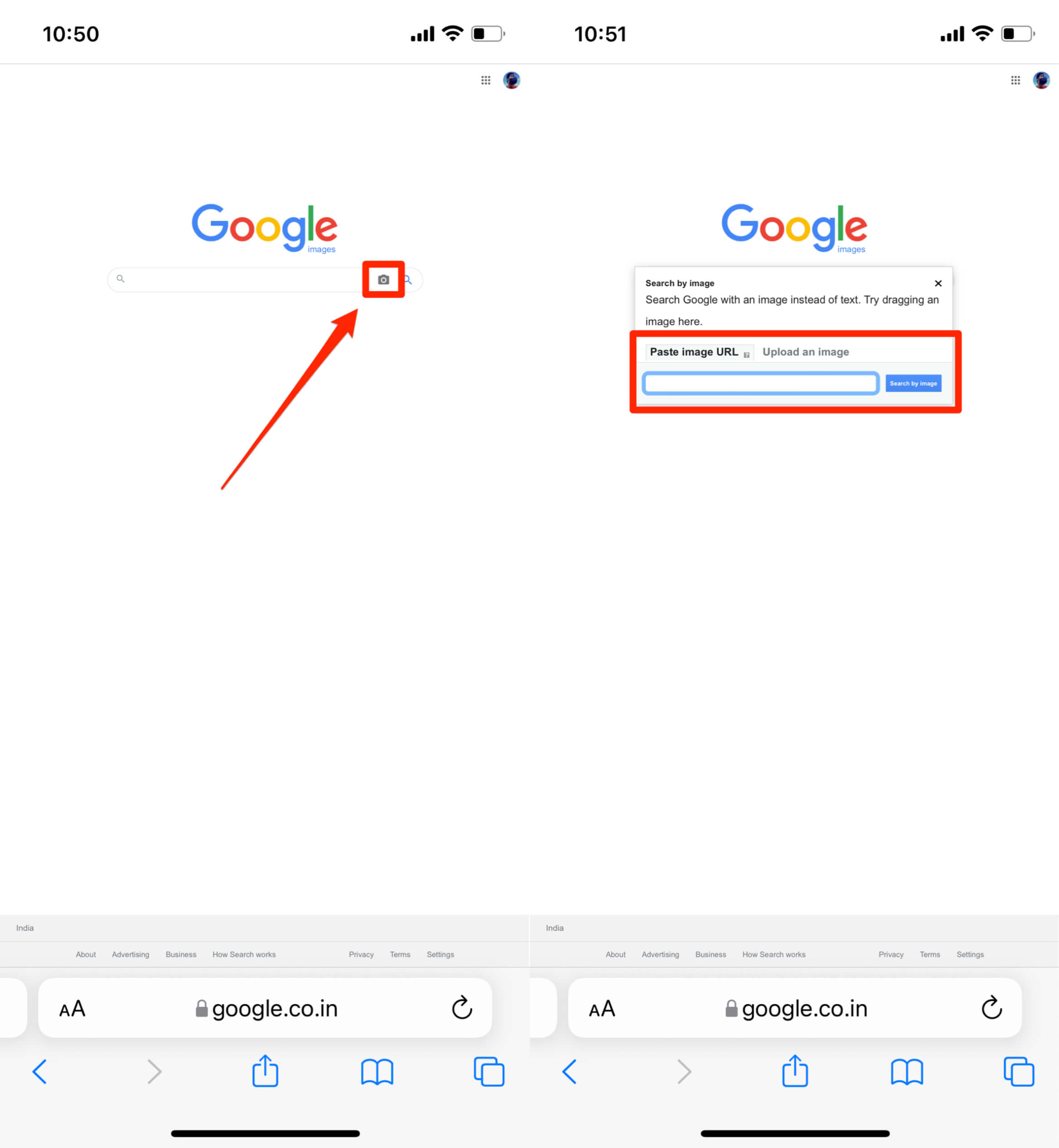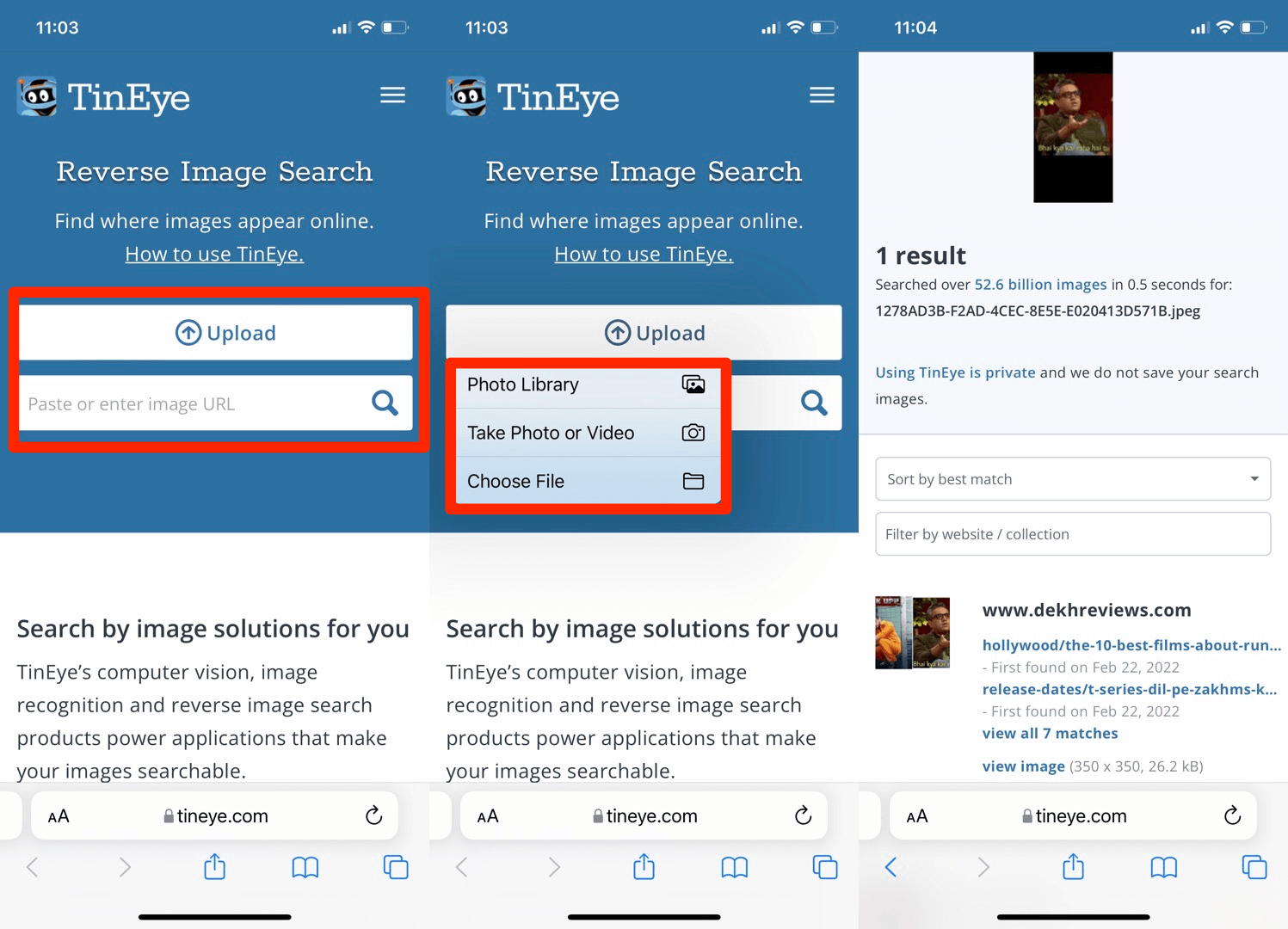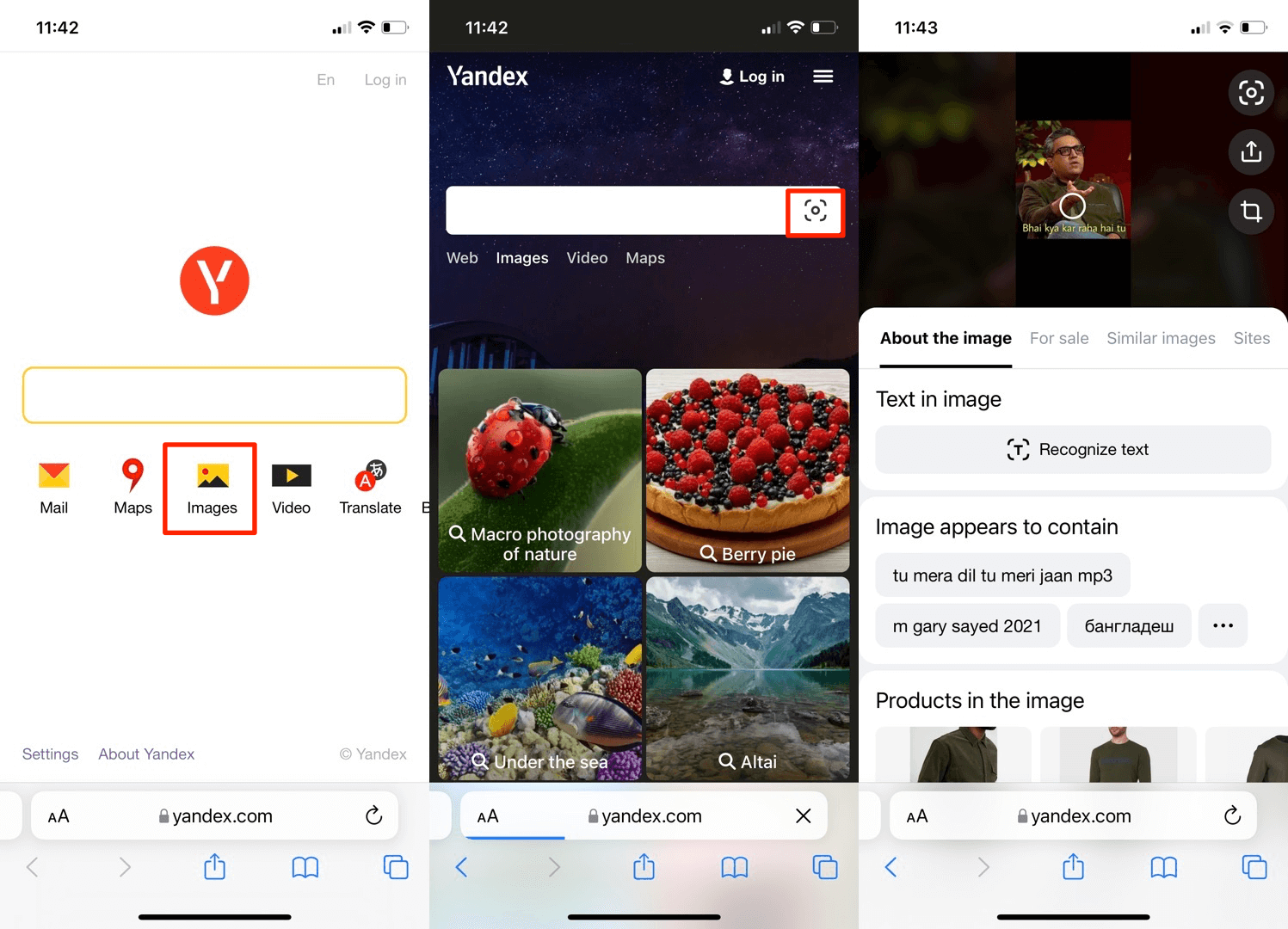Finding a song with just a phrase or line on Google is super easy, as the search engine quickly deciphers what you want to search. However, search engines aren’t for finding songs only, and thus, there are many use cases available out there. Consider a situation where you intend to use a particular image you found somewhere for your website or want to find its origin to track the original poster.
As a content creator, you would like to include some copyright-free images and thus, a reverse image search can be a great tool as you would know whether the particular image is free to use or not. Or say you want to find who posted the particular image and where, that’s where Reverse Image Search on iPhone and iPad play a vital role.
What is Reverse Image Search?
Before we can dive into the list of tools and functions to use, let’s see what is a reverse image search first.
Similar to how you search for a query by inputting words, a reverse image search uses images as a precursor and traces the origins of all the images that look similar to the one you search. All you have to do is to upload an image, run the reverse image search and the search engine should find the origin of all the images.
Since links back up all the images of where they are posted and published, you can trace the origin one by one to find the exact search you are looking for. No doubt it is similar to a regular search but with images.
How To Reverse Image Search On iPhone and iPad?
There are several ways to reverse image search on your iPhone and iPad. Here are some of the ways you can do a reverse image search easily.
Reverse Image Search Using Google Chrome
Google Chrome is by far one of the most popular browsers and even on iPhone and iPad where Safari is a default browser. You can do a reverse image search of Google Chrome or Safari where the instructions remain the same, albeit you will have to perform it either on Chrome or Safari.
First up, select and copy the image that interests you. If you have a URL of the image, copy it. Assuming that it is now in your clipboard, let’s proceed.
1. Open google.com and proceed to its ‘Images’ section, OR go to google.com/images in Safari.
2. On your iPhone or iPad, tap on the “Aa” option on the tab bar, where you need to select “Request Desktop Site”.

3. On the Google search bar, spot the camera icon that you need to click and here, you will be led to a page where you can either enter the URL or image.
4. Paste the URL or upload image and tap on the blue-colored button that says, “Search by image”.

5. Give it a few minutes so that Google does a reverse image search to find all the possible similar images to the one you posted. You can segregate it based on image sizes or filter the close images to the source image and so on.
Note that although reverse image search is a great feature, it isn’t 100% accurate, it means you may not always get what you are looking for. Google and other search engines are training their systems to better reverse image search functionality, and we have come a long way, so be a bit lenient. You can always use other methods listed here to escalate the chances of finding the origin images or links.
Reverse Image Search Using TinEye
TinEye is one of the few worthy websites for a reverse image search feature that uses image identification, verification, recognition, and other methods to find results based on the link or the image you upload and search for. It is easy just like Google Image Search and works intelligently, allowing you to check the sources of images you reverse search. Essentially, you can use this feature to find links to all the websites that your creator’s photos or so on. Here’s how it works.
1. Open Safari or your preferred browser, and head to “tineye.com”.
2. On the main page, you can either use the ‘Upload’ button or paste the link in the ‘link bar’ and hit enter.
3. TinEye will search for the image you search for, returning links to all the sources that have posted the same or similar images.

4. You can zero in the search to find the results you are looking for.
Reverse Image Search Using Yandex
Yandex is a massive search engine in China and with a reverse image search functionality that comes with it. You can actually use it to reverse search images. Here’s how it works.
- You need to download the Yandex app on your iPhone or iPad or visit yandex.com.
- Yandex lets you search for queries by default, use the “Images” tab to go to image search.
- You can either search for an image or use the ‘cam-like’ icon just before the yellow-colored Search button.
- A pop-up will appear where you can either drag and drop images OR tap on ‘Select a file’ to upload a file you have downloaded locally, or tap on the ‘Enter image URL’ field to feed in the URL.
- Yandex will automatically search for results based on the image you searched.

Reverse Image Search Using Reversee
Reversee is an app on the App Store for iPhone and iPad . Unlike the reverse image search functionality of a search engine, Reversee is an intermediary allowing you to reverse search for images from various search engines. It is similar to how Trivago works for hotel bookings. Reversee doesn’t promise 100% accurate results, just as any other reverse image search platform, be it Google or Yandex or others.
You can upload an image, crop it and search for the results. You can use Reversee for many use cases such as to check out pages that host the image, to find someone’s social profile, etc. It is easy to use; although, you will find that the results are dependent on how good the search engine can zero in the results. Reversee, in simple words, is a reverse image search aggregator.
https://apps.apple.com/us/app/reversee-reverse-image-search/id875678494Other Honorable Mentions
Perform Reverse Image on iPhone/iPad
Reverse Image Search is apparently one of the most robust features on any search engine and on the internet as well. However, it isn’t 100% accurate at the time of writing this as the system behind it is being trained continuously, and it is getting better every day. It will still take some time for it to reach optimum performance. You can still use it, and it works in numerous instances, so try out your chances.